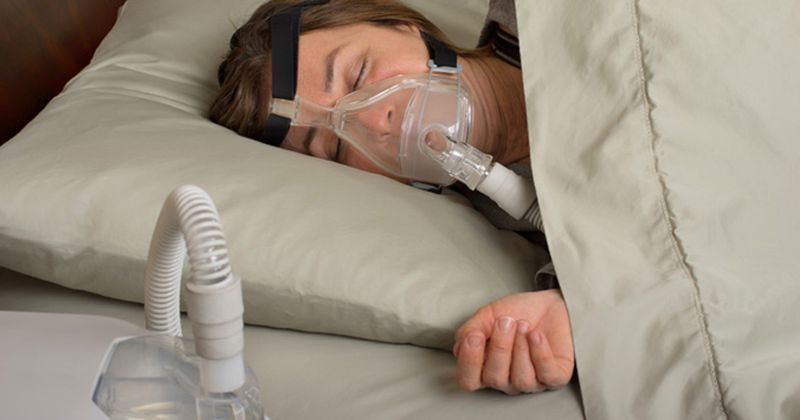Risk for sudden death, CV mortality twofold higher for individuals with severe sleep apnea
Obstructive sleep apnea is a significant risk factor for all-cause sudden death and cardiovascular mortality, according to findings published in BMJ Open Respiratory Research.
“Individuals with OSA have nearly a twofold higher risk of sudden death and cardiovascular mortality. Treatment and interventions related to decreasing this risk and other adverse outcomes are necessary to optimize survival and [quality of life],” Emily S. Heilbrunn, project coordinator in public health sciences at Penn State Health Milton S. Hershey Medical Center, and colleagues wrote.

Researchers conducted a systematic review and meta-analysis of MEDLINE, Cochrane, Scopus and Joanna Briggs Institute Evidence-Based Practice databases through January 2020. Heilbrunn and colleagues identified 22 observational studies that assessed the association of sudden death among individuals with and without OSA. The studies evaluated 42,099 participants (mean age, 62 years; 64% men).
According to the results, OSA was associated with all-cause sudden death (RR = 1.74; 95% CI, 1.44-2.1) and CV mortality (RR = 1.94; 95% CI, 1.39-2.7). In addition, the researchers reported a marginally significant dose-response between OSA severity and risk for death in individuals with mild OSA (RR = 1.16; 95% CI, 0.7-1.93), moderate OSA (RR = 1.72; 95% CI, 1.11-2.67) and severe OSA (RR = 2.87; 95% CI, 1.7-4.85).
Older age was identified as a significant contributing factor in the relationship between OSA and mortality in a meta-regression analysis (P = .003).
Future studies are required to identify treatments and interventions to optimize survival of this population, according to the researchers.
“This study highlights the importance of appropriate prevention measures to reduce the incidence of OSA and OSA-related sudden death,” Heilbrunn said in a press release. “Providing accessible and affordable treatments for populations with OSA may ultimately reduce adverse health outcomes for these individuals.”
